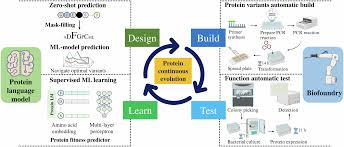BEIJING, Oct 9 A Chinese research team from the Institute of Zoology at the Chinese Academy of Sciences has uncovered a key mechanism explaining why different organisms independently evolve similar functions when adapting to similar environments, using an artificial intelligence (AI) protein language model.Convergent evolution, or convergence, refers to the repeated, independent emergence of the same trait in two or more lineages of species during evolution, often indicating functional adaptation to specific environmental factors. The research team uncovered the critical role of high-order protein features in adaptive convergence.
Despite the significant evolutionary distance between bats and toothed whales, both species have independently developed the ability to perceive their environment through echolocation.
The research team, led by Zou Zhengting, proposed a computational analysis framework named “ACEP”. The core innovation of this framework lies in its use of a pre-trained protein language model.
“A protein language model can understand the deeper structural and functional characteristics and patterns behind amino acid sequences,” Zou explained.
“This work not only deepens the understanding of the laws of evolution of life but also demonstrates the strong potential of AI technology in resolving complex biological issues,” Zou said. “We hope to achieve broader and more effective application of AI technology in evolutionary biology in the future.”

















